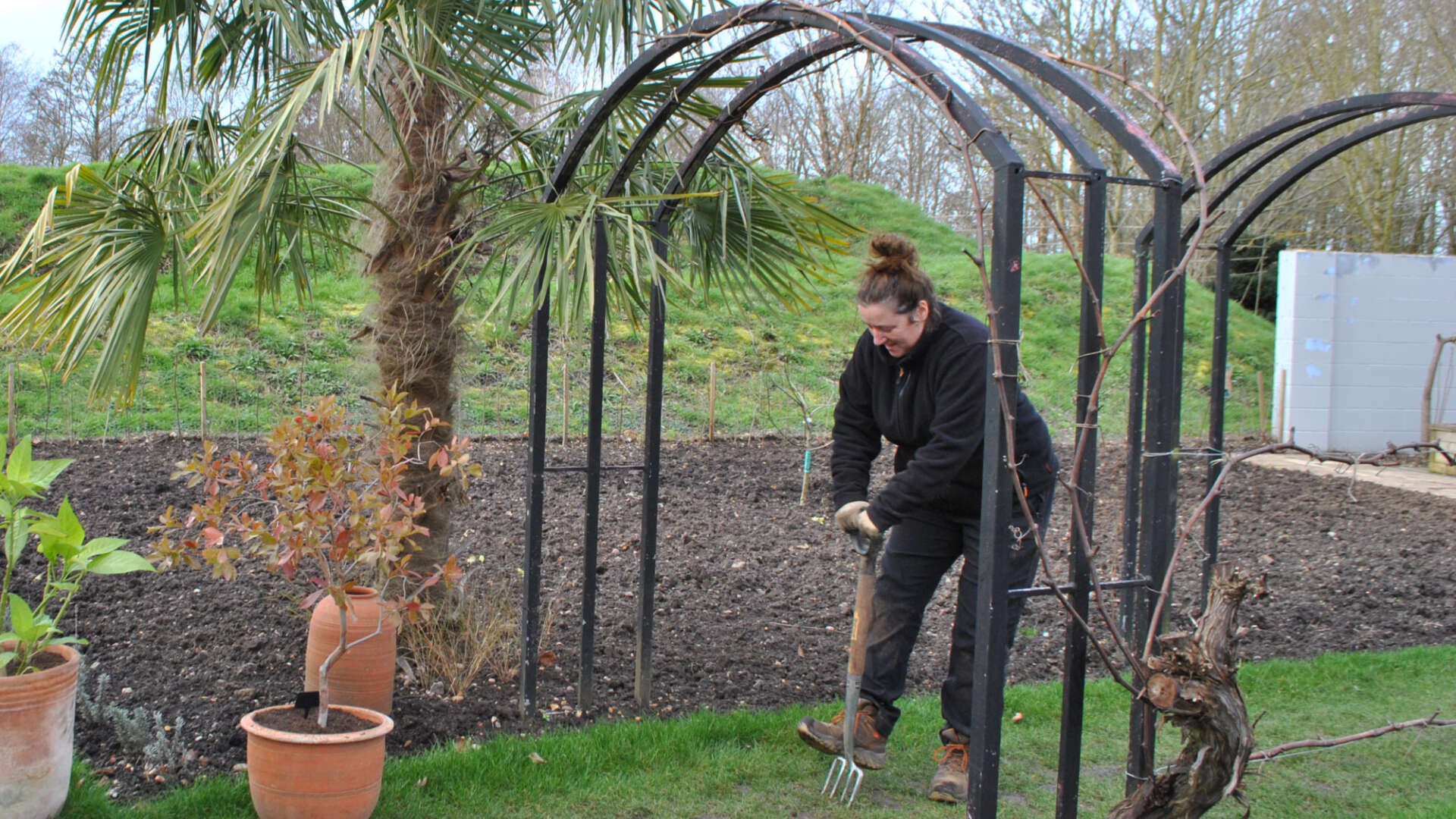How to grow lawns
Overcoming problems with your organic lawn

Moss - in lawns this is a symptom of an underlying problem, such as:
- Compaction: aerate the lawn in spring and autumn. Brush in material such as leaf mould, green waste, or even old potting compost. Do this annually.
- Too-close mowing: raise the blades on the mower. Keep them to a height of about 3cm.
- Acid conditions: test your soil. Most garden centres sell pH testing kits these days. If the soil is very acid, aerate then brush dolomite limestone into the holes.
- Heavy shade and damp: not always easy to alter. But consider removing the grass entirely in these areas and replacing it with plants that will tolerate these conditions
Weeds – remove roots of individual weeds like daisies, plantains, and dandelions with a knife. Fill the hole with light soil, and re-sow grass seed. Avoid mowing too low as this can weaken the grass and enable weeds to invade.
Ants – ants are virtually impossible to eradicate, and though they might not be harming the lawn, they can cause unsightly nests. Drown them with water.
Moles - mole hills can be unsightly on a lawn, and make mowing difficult. There are ways of trapping moles humanely (probably best left to professionals) but you can also deter them from creating their tunnels in various ways such as flooding, noise, vibration, the smell of human urine, barriers and even digging them out. Spurge (Euphorbia) can also repel moles. Mole hills are made of very fine-textured, friable soil. Use it to make potting composts.
Leatherjackets – These are the larvae of the crane fly (daddy-long-legs) and they create yellowing patches on lawns in dry summer (you often see starlings or woodpeckers probing for them). You can trap them by watering yellow patches and then covering them overnight with sacking or tarpaulin. The larvae will come to the surface, under the covering, allowing you to pick them off in the morning. Or just enjoy the sight of a handsome green woodpecker in your garden!